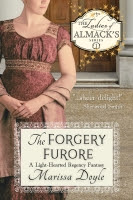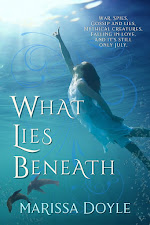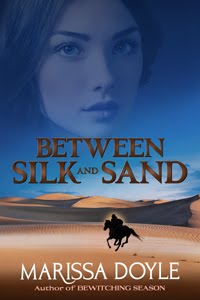 “April showers bring May flowers.” You wouldn’t know it to look at my garden right now. We’ve had a few more May showers than usual in my part of the Pacific Northwest. I haven’t even had a chance to plant flowers yet, and the raspberries I put in a couple of weeks ago are struggling with our bouncing temperatures.
“April showers bring May flowers.” You wouldn’t know it to look at my garden right now. We’ve had a few more May showers than usual in my part of the Pacific Northwest. I haven’t even had a chance to plant flowers yet, and the raspberries I put in a couple of weeks ago are struggling with our bouncing temperatures. But flowers had a whole other meaning in the nineteenth century. A seemingly innocent bouquet could spell the difference between a proposal of marriage and an offer to duel to the death. Why? Because of a little thing called The Language of Flowers.
Each flower and plant meant a specific sentiment, and the way you combined them told a story. Wild tansy was a declaration of war. A single rose meant love.
Ah, but it didn’t stop there. Even the kind of rose was meaningful. A white rose declared that the giver was worthy of the one to whom it had been given. A yellow rose stated that love was in decline. Rose buds meant different things than blooming roses, and a rose tree meant something else entirely!
Here’s a few bouquets a young lady might hope to receive from a young gent she fancied:
 --Calla lily, a moss rose bud, and green locust: Your beauty is magnificent, and I will love you from now to beyond the grave.
--Calla lily, a moss rose bud, and green locust: Your beauty is magnificent, and I will love you from now to beyond the grave.--Dwarf sunflower and peach blossom: I adore you and am captivated by you
--Monkshood and forget me not: My true love, I will be your knight errant.
And here’s a few she’d prefer not to receive:
--China aster: You are but an afterthought
--Japan rose: Beauty is your only attraction
--Spiderwort: I like you, but I’ll never love you.
So, what’s that bouquet on your table really saying?





No comments:
Post a Comment